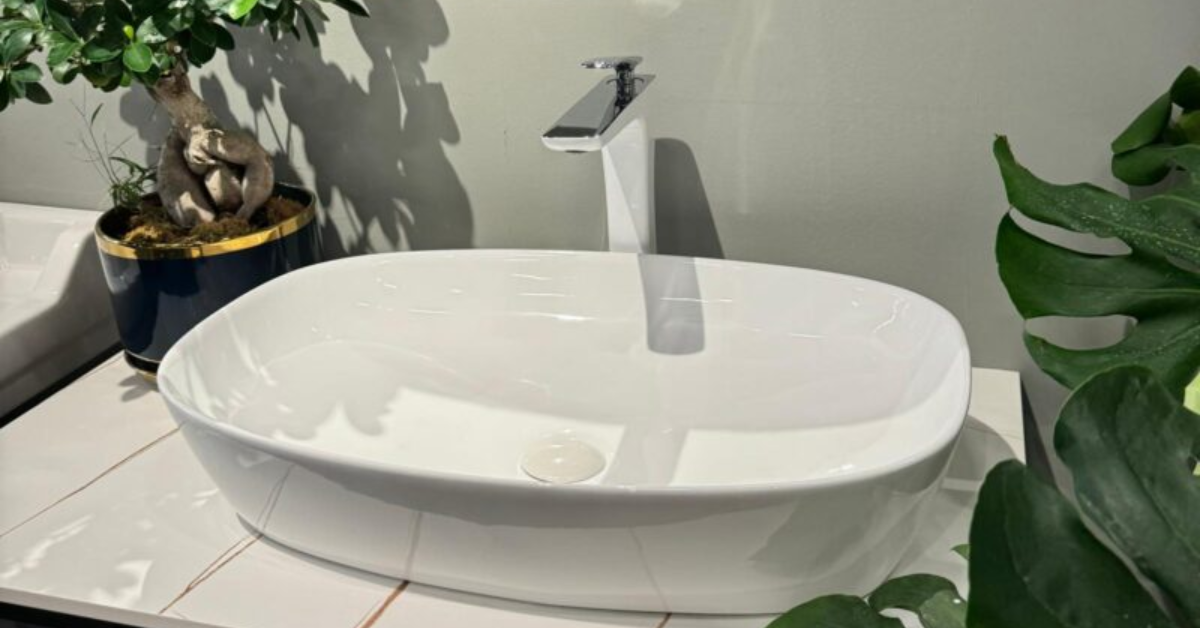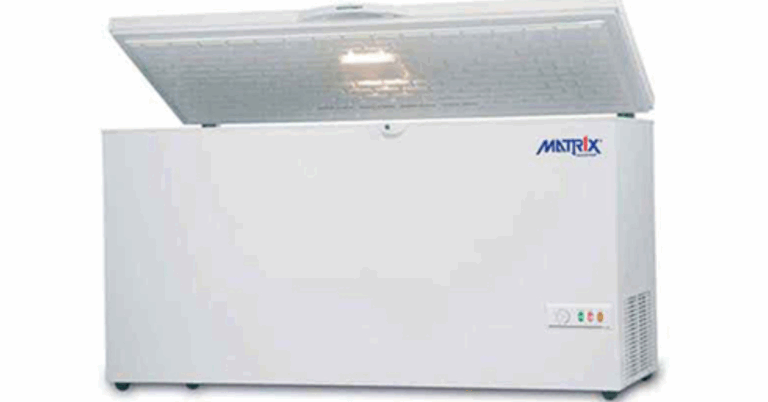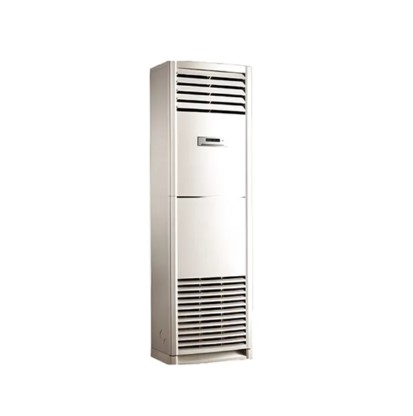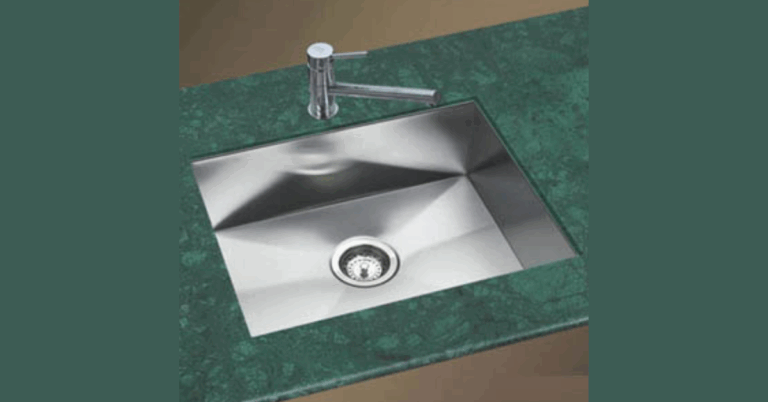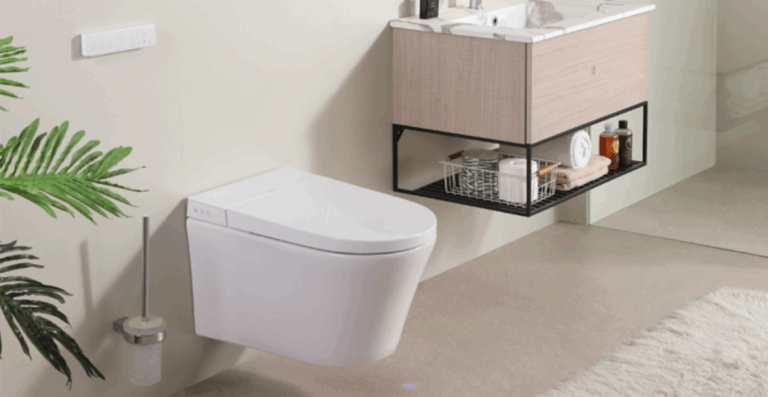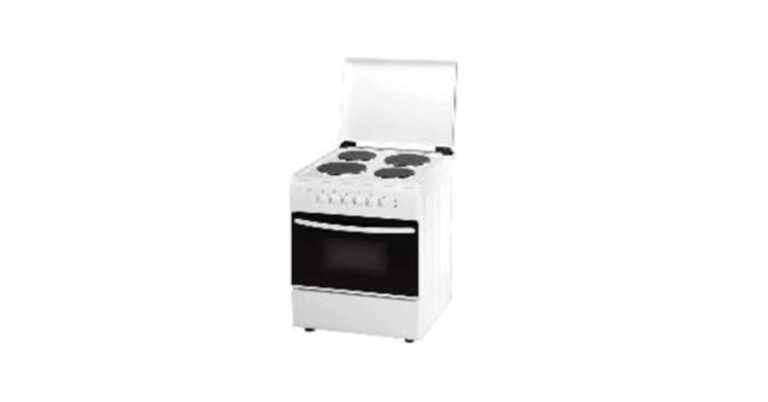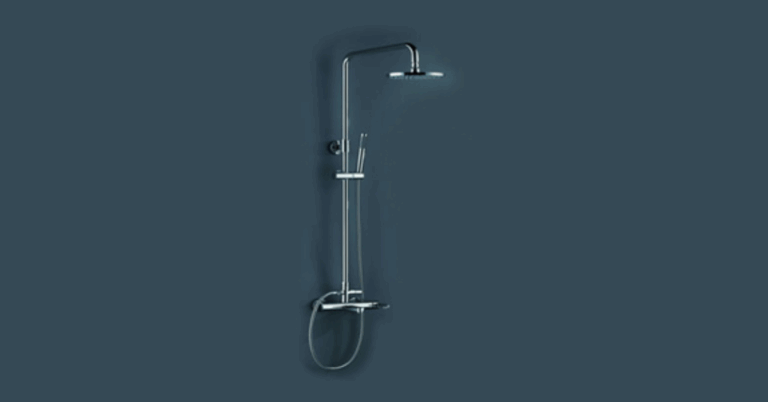Choosing the Ideal Basin Singapore: Styles, Function & Smart Tips
When planning or renovating a bathroom, installing the right Basin Singapore is more than a mere fixture it’s a daily interface with water, hygiene, design, and space. In local homes whether HDB flats, private condominiums, or landed houses a well-selected basin boosts functionality, maintains cleanliness in humid conditions, complements interior style, and ensures longevity. This article explores various basin types, materials, sizes, installation considerations, design trends in Singapore, maintenance advice, and common pitfalls to avoid so your basin continues to serve beautifully for years.
Why the Basin Choice Matters in Singapore Homes
Your basin is not just where you wash your hands or brush your teeth it’s part of the bathroom ecosystem. In Singapore’s climate and housing environment:
-
Humidity and moisture accelerate stains, mould, and mineral buildup on surfaces.
-
Compact layouts mean that every centimeter matters wrongly sized basins can obstruct movement, doors, or storage.
-
Water quality (hard water, chlorine) can degrade finishes, causing discoloration, stains, or rough surfaces over time.
-
Usage frequency in households with multiple people demands durability, easy cleaning, and resistance to wear.
-
Aesthetic coherence: The basin’s shape, finish, and mounting style affects the overall visual balance of the bathroom.
A thoughtfully selected basin performs reliably, looks elegant, and makes maintenance easier.
Types of Basins & Their Suitability
Here are common basin types you’ll find in Singapore bathroom designs, with strengths and tradeoffs:
1. Countertop / Above-Counter Basin
These sit on top of a vanity or counter, like a vessel.
Pros:
-
Dramatic styling and visual focal point
-
Flexibility in height and shape
-
Counter surface is preserved beneath
Cons:
-
May splash water if faucet isn’t well matched
-
Cleaning under the basin rim can be tedious
-
Requires careful matching of basin rim height to the faucet spout
2. Semi-Recessed / Half-Insert Basin
Partially sits within the countertop, with the front portion overhanging.
Pros:
-
Compromise between full countertop space and basin depth
-
Useful when wall or counter constraints exist
-
Less splashing compared to fully above-counter designs
Cons:
-
Requires precise cutouts
-
Visible edge lines may catch dirt
3. Undermount Basin
Installed below the countertop surface, producing a sleek look.
Pros:
-
Seamless appearance and clean edges
-
Easy cleanup water and debris wipe directly into the bowl
-
Elegant and modern aesthetic
Cons:
-
Requires sturdy mounting and quality adhesive
-
Countertop must be precisely cut
-
Access to bowl underside is restricted
4. Drop-In / Self-Rimming Basin
The basin’s rim rests on the countertop.
Pros:
-
Simple installation
-
Rim hides rough edges of cutout
-
Easier to replace if needed
Cons:
-
Rim may collect grime or soap residue
-
The lip interrupts the continuous counter surface visually
5. Wall-Mounted / Pedestal Basin
Basins mounted to the wall (with or without a pedestal) are floor-standing.
Pros:
-
Frees up floor space good for small bathrooms
-
Minimal visual footprint
-
Simpler plumbing access behind or beneath the basin
Cons:
-
Limited counter surface space
-
The wall must be strong enough to bear basin weight
-
The pedestal may block storage or plumbing access
Materials & Finishes: Durability and Care
Choosing the right material and surface finish is critical for longevity, aesthetics, and ease of maintenance.
Basin Materials
-
Vitreous China / Porcelain: The most common. Smooth, glossy, stain-resistant, and easy to maintain.
-
Ceramic: Similar to vitreous china; highly suitable for basins.
-
Solid Surface / Composite Stone: Blends of mineral and resin, allowing seamless shapes; can be repaired if scratched.
-
Natural Stone (Marble, Granite): Luxurious but porous needs sealing and careful maintenance.
-
Glass: Tempered glass basins offer modern appeal but are fragile and show water spots easily.
-
Metal / Stainless Steel: Rare in bathroom basins, but durable and industrial more common in utility or minimalist spaces.
Finishes & Glazing
-
High-gloss glaze resists staining and is easy to wipe clean.
-
Matte or satin finishes hide water spots better but may require more effort to clean.
-
Anti-bacterial or “easy-clean” coatings help reduce buildup of grime in humid conditions.
-
Thick, hard glazes resist scratching and wear over time.
Size, Depth & Proportions: Matching Your Layout
To ensure comfort and usability, pay attention to proportions:
-
Width & Length: The basin should fit within the vanity or counter area without overextending into walkways.
-
Depth / Bowl Depth: Too shallow → splash; too deep → uncomfortable to reach.
-
Height / Rim Height: Combined with countertop height, the basin should be ergonomic (neither too high nor too low).
-
Overflow Provision: An overflow slot helps in case water is left on unexpectedly.
In smaller bathrooms, compact basins with minimal projection help avoid collisions with doors or fixtures.
Faucet Compatibility & Layout
Your basin’s design must work well with its faucet:
-
Tap Hole Layout: Single-hole, three-hole, or wall-mounted choose a basin matching the tap configuration.
-
Faucet Reach & Clearance: Especially for vessel or above counter basins, the spout must reach into the bowl sufficiently.
-
Swivel & Rotation: In double sink setups, spouts with swivel or 360° rotation provide utility.
-
Mixer Compatibility: Many Singapore homes favor single lever mixer taps, so the basin plumbing and hole layout should support this.
Singapore Design Trends for Basins
Local bathroom trends influence basin selection. Some evolving styles include:
-
Minimalist & Slim Edge Basins: Narrow rims, clean geometry, thin profiles.
-
Matte & Dark Tones: Charcoal, matte black, taupe moving beyond pure white.
-
Semi-Recessed & Vessel Styles: Used to add visual interest while preserving countertop space.
-
Integrated Vanity–Basin Units: One continuous surface blending the sink and counter.
-
Natural Textures & Organic Forms: Basins shaped like smooth bowls, stone surfaces, curved edges.
-
Smart Basins: Integrated overflow sensors, touchless taps, or concealed plumbing.
These styles reflect Singapore’s push toward stylish, modern, functional bathrooms.
Installation Considerations & Best Practices
Proper installation ensures your basin performs well and lasts. Key pointers:
-
Wall Strength & Fixing
For wall-mounted basins, ensure the wall frame or backing supports the basin’s weight. Use sturdy brackets or mounting bolts anchored properly. -
Sealing & Waterproofing
Apply robust waterproof sealing around edges (silicone sealant) to prevent water from seeping beneath counters or into cabinetry. -
Accurate Cutouts
For undermount or semi recessed basins, the cutout must be precise. Even slight misalignment can obstruct mounting or create stress points. -
Drain & Trap Alignment
Ensure the waste outlet, trap (P trap or S trap), and plumbing align correctly without awkward offsets or excessive bends. -
Accessibility for Repairs
Leave space behind or beneath so you can access trap, drain, or seal areas in future without major disassembly. -
Support During Setting
For undermount basins, support the weight while adhesive cures to prevent sagging or misalignment. -
Clearances from Walls or Mirrors
Ensure the basin design doesn’t interfere with doors, cabinets, or bathroom fixtures when the sink is in place.
Common Mistakes & How to Avoid Them
-
Choosing a basin too big for the space, leaving little clearance for movement.
-
Overlooking spout reach water falling too close to rim or too far back.
-
Selecting shapes or textures that trap dirt or are difficult to clean.
-
Ignoring material durability poor finishes degrade quickly in humid settings.
-
Not planning plumbing alignment, resulting in awkward pipe routing or leaks.
-
Buying basins without spare parts or replacement options.
Maintenance Tips for Long-Term Performance
After installing your basin, maintaining it well keeps it in top shape:
-
Clean regularly with non abrasive cleaners to avoid scratching surfaces.
-
Wipe surfaces dry after use to reduce water spots, especially on gloss finishes.
-
Clean overflow holes and drains to maintain flow.
-
Inspect seals and caulked joints periodically; reapply if cracked or worn.
-
Avoid harsh chemicals or acidic cleaners, particularly on stone or composite surfaces.
-
For seamless or integrated units, be careful with sitting weight or placing heavy objects near edges.
Sample Scenario: Basin Selection in a Singapore Condo
Suppose you are designing a 5 sqm bathroom in a condominium. You want modern minimalism and efficient space use. You opt for a semi recessed basin in vitreous china with a matte finish to contrast darker tiles. The basin is 550 mm wide, with a shallow projection so it doesn’t impede movement. You match it with a single-lever mixer with a short spout that reaches well into the bowl. The plumbing behind matches the waste pipe neatly. Because the finish is scratch and stain resistant, regular wiping keeps it bright, and the modest depth means water flow remains clean without excessive splash.
Conclusion
Choosing the right basin Singapore is an investment in daily comfort, visual balance, and long-term durability. A thoughtfully chosen basin suits your space, handles local climate challenges, matches your faucet setup, and makes maintenance manageable. Always think in terms of scale, materials, practicality, and design harmony.
Take your time when selecting the basin measure, match style, verify plumbing compatibility, and consider how cleaning and maintenance will work day after day. A well integrated basin goes beyond utility; it becomes a quietly central part of your bathroom’s experience and beauty.

